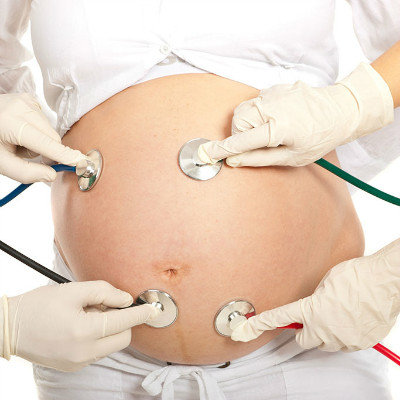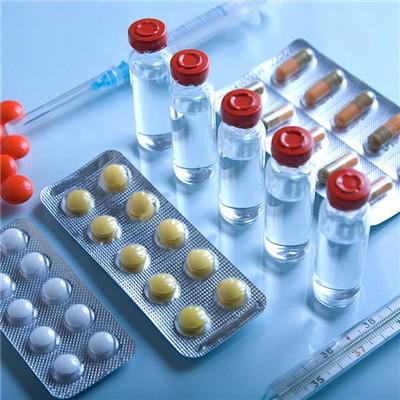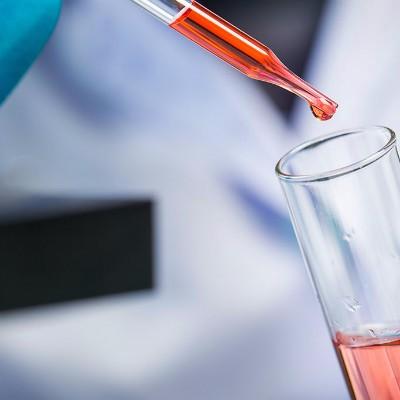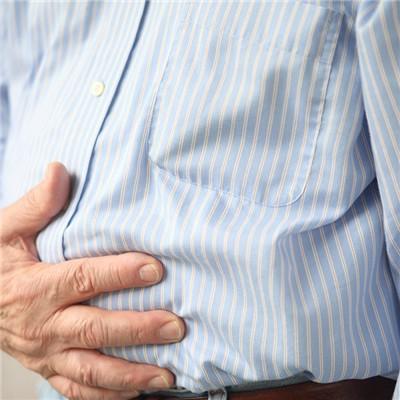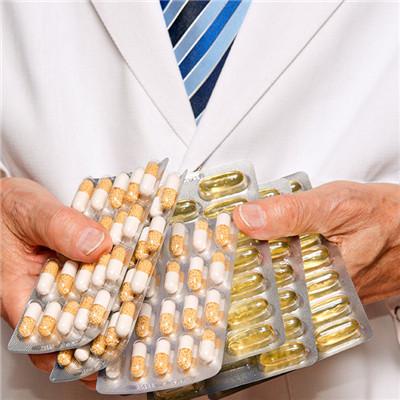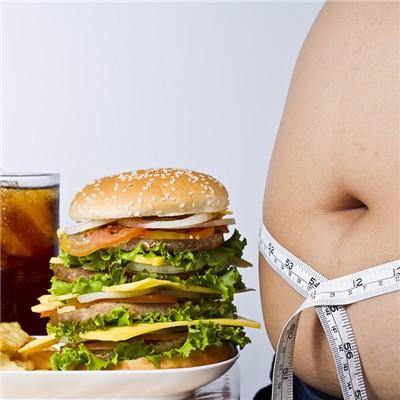Castor poisoning symptoms?
summary
Castor bean is the fruit of castor bean. It is an oil crop, commonly known as big bean. The whole plant of castor is toxic, and the toxic components are ricin and ricinine. Ricin is a kind of cytoplasmic toxin, which can damage the liver, kidney and other parenchymal organs, agglutinate and dissolve red blood cells, and paralyze the respiratory and vascular motor centers. Ricin can also damage the small intestine and cause strong fever and sensitization. Ricin (one of the toxic components of ricin) 7 mg and ricinine 0.16 G can kill adults; Children can die by taking 3-5 Castor seeds. Ricin and ricinine can be destroyed and detoxified after heating. Castor poisoning symptoms? Let's talk about it
Castor poisoning symptoms?
After castor bean poisoning, the incubation period is long, it can be in 1-3 days, most of them begin to get sick 3-24 hours after eating. The clinical manifestations were throat irritation, burning sensation, nausea, vomiting, abdominal pain and acute gastroenteritis.
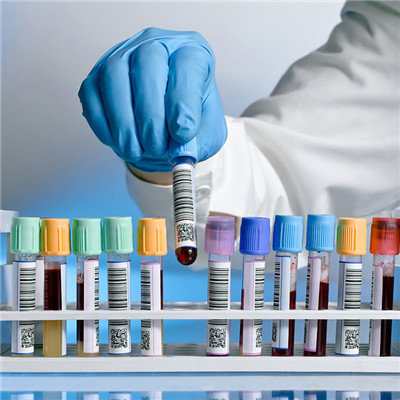
Castor seed skin debris can be seen in the stool. In severe cases, hematochezia, fever, dehydration and acidosis occurred. The central nervous system symptoms included headache, drowsiness, coma, convulsion, etc. Jaundice, proteinuria, hematuria and urinary incontinence occurred in patients with liver and kidney damage.
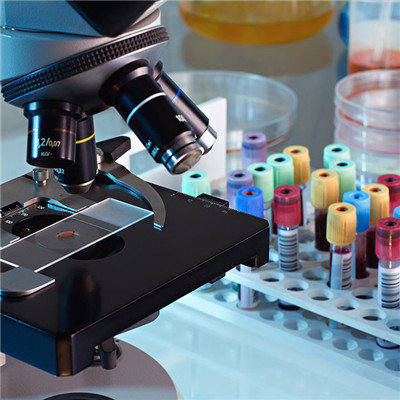
Blood coagulation and hemolysis may occur after several days of poisoning. The main causes of death were respiratory depression, heart failure or acute renal failure. Blood biochemistry can be manifested as liver and kidney dysfunction, electrolyte disorder, metabolic acidosis, coagulation dysfunction and so on.
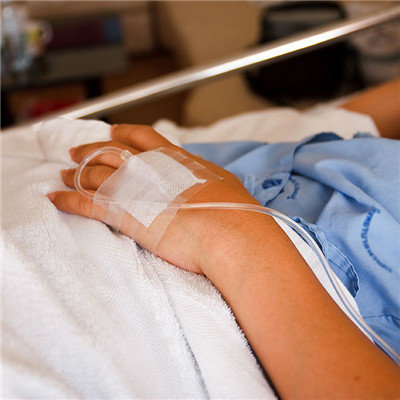
matters needing attention
1. Immediately carry out emesis, gastric lavage and catharsis, if necessary, high enema, so that the residual toxins in the body can be discharged as soon as possible. 2. Rehydration and diuresis, and elimination of absorbed toxins by hemoperfusion or plasma exchange. 3. Short term glucocorticoid pulse therapy is helpful to reduce organ damage. 4. Protect liver and kidney, prevent heart failure. When renal failure occurred, hemodialysis or continuous renal replacement therapy was performed; When the liver function is seriously abnormal, the worker should be treated; The patients with respiratory failure were treated with pre assisted ventilation.



